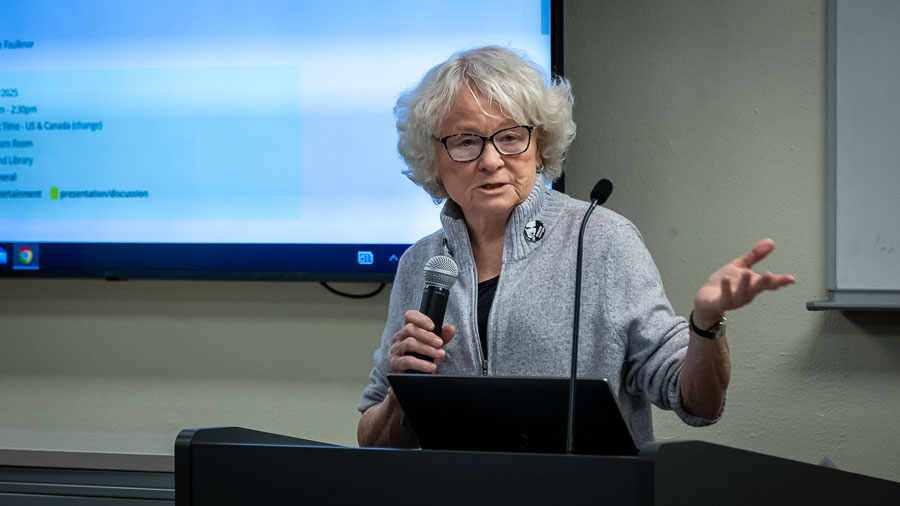OUR VIEW: Complexities of education illustrated in distinct fashion
Published 6:00 am Monday, July 24, 2023

- OUR VIEW LOGO (NEW)
Band uniforms, burnout and bullet-resistant glass.
The more focal points that come to the fore in the ongoing effort to improve the lives of Rogue Valley students, the more we as a community come to be cognizant of just how complex the lives of our children have become.
Consider the plight of Crater High School musicians, where a $100,000 fundraising drive seeks not only to improve the quality of the instruments played by band members, but the outfits they wear as well.
Some of the school’s uniforms — which are painstakingly fitted and repaired by band parents and boosters every year — date back decades.
“You can tell by the fray that they’re not in great shape,” says junior saxophone player Kaelin Noon, “and the fact that they look like they’re probably from at least the early 1980s.’
Sound the sad trombone as well for the school’s instruments, some of which get “Frankensteined” back together each year with replacement parts — often paid for out of the pockets of the students who’ll play them.
School music programs across the country have been hit hard financially for a while now; so, while the long-range goal might be to gain a reputation as one of the better bands in the state, students seek practical, incremental improvements from their fundraising push.
“We just want,” says incoming junior drummer Gavin Dorris, “to be able to play without too many errors or mishaps with the instruments.”
Central Medford High School teacher Jay Schroder also is focused on taking immediate steps toward larger successes, emphasizing on helping his contemporaries regain the love of the profession through workshops and his book “Teach From Your Best Self.”
Schroder’s commendable goal is to help teachers find methods to reduce the stress they feel from what can be a multi-tasking, all-consuming job.
“Although teaching is a very difficult job, it’s also the best job,” Schroder says. “There’s nothing like helping young people learn and grow.”
To regain that sense of accomplishment, Schroder works with educators to locate and quiet the inner turmoil that can elevate stress levels and, ultimately, could add to the increased number of teachers leaving the profession.
In doing so, and transferring that renewed energy into their classrooms, Schroder says he hopes teachers and their students can “realize the possibility of education can be.”
While improving band uniforms and reducing teacher burnout are elements that can enrich school life for students, a parent’s project in Ashland seeks to create a more practical, and protective, atmosphere for education to thrive.
Called Safe Zone Solutions, the grassroots effort spearheaded by parents Alex and Natalie Sol encourages the local school system to implement measures to prevent the possibility of a mass shooting from taking place.
Alex Sol, distressed by what he says is the inability of school officials to respond to questions about steps being taken to protect his own children, has launched Safe Zones through public awareness — and calls to install fortified entryways and bullet-resistant window glass in the district’s buildings.
“Shooters come to schools because they know they are going to find victims who are trapped,” he told a recent community meeting. “They know the doors cannot hold.”
As these distinct endeavors illustrate, education in the 2020s has become an ecosystem where even the seemingly smallest setbacks can take on significant meaning, — and the exposure to real-world pressures can distract from the necessity, and the joy, of learning.










